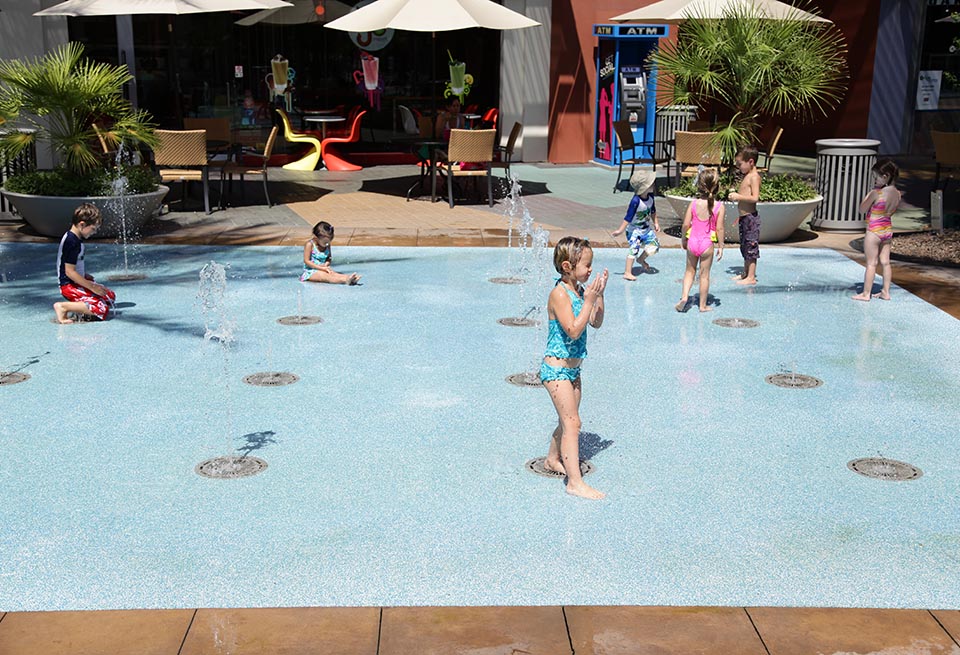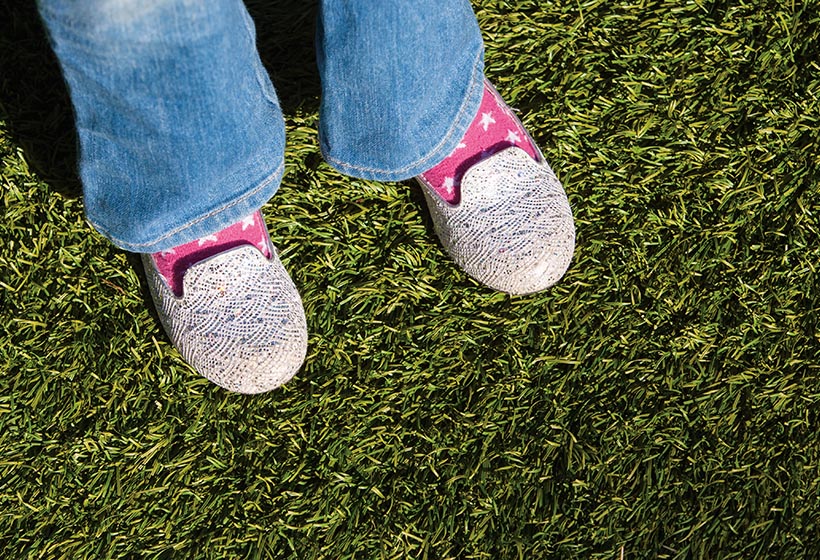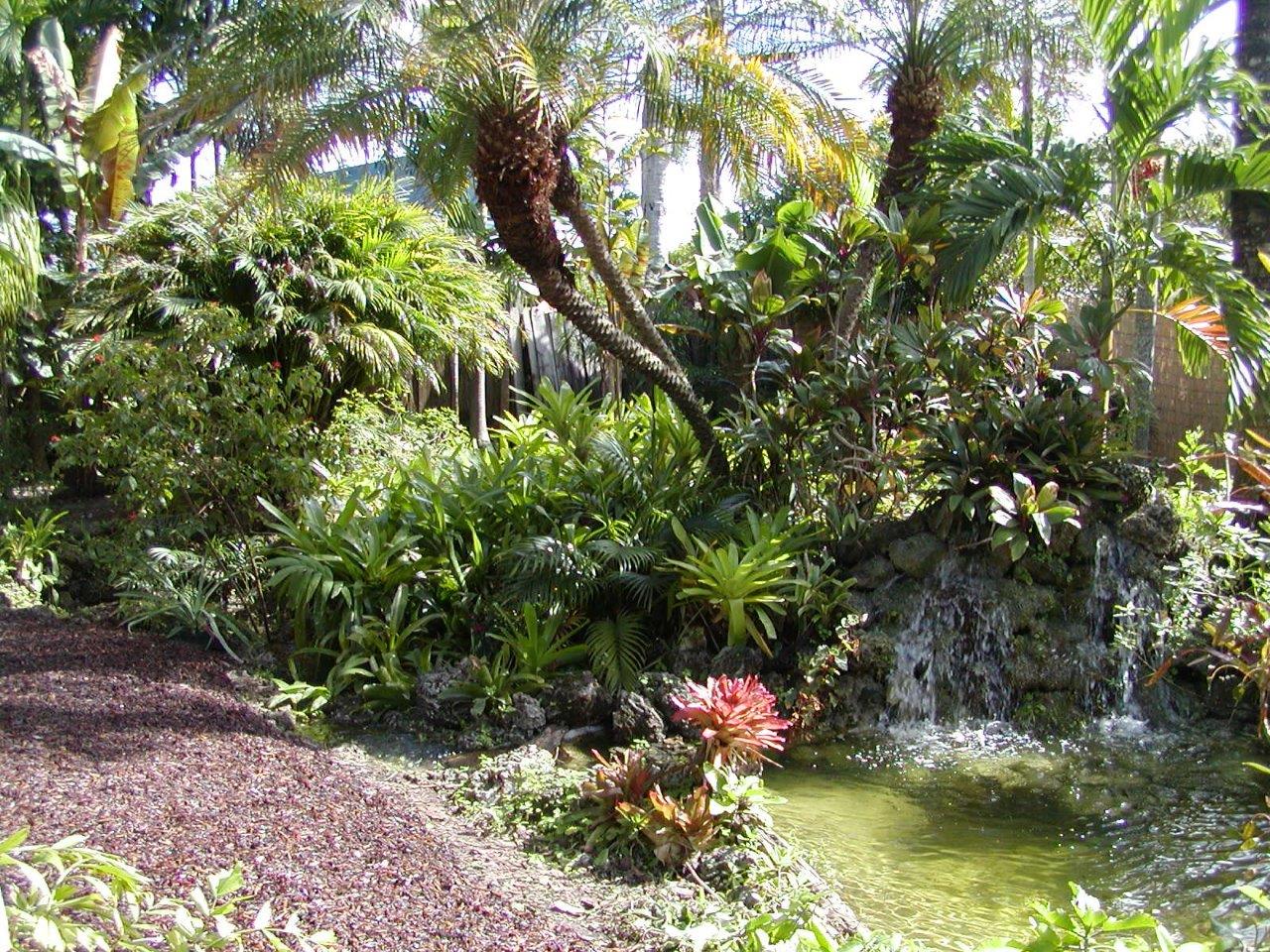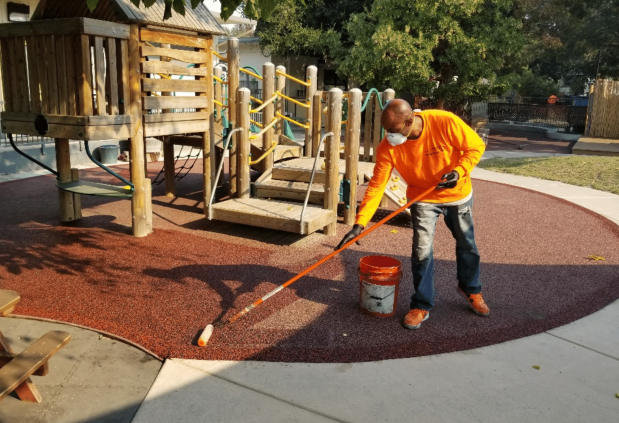When selecting a surface for your splash pad or pool deck, safety, comfort, and durability are key factors to consider. The right surface will not only ensure that the area remains safe for users, but it will also stand up to constant exposure to water, sun, and foot traffic.
There are several materials you can choose from, each with its own benefits and drawbacks. Understanding the different options will help you make the best decision based on your needs and the specific environment. Let’s break down the most common surface choices for splash pads and pool areas, looking at their safety features, maintenance, and overall performance.
Splash pads and pool areas are exposed to continuous water flow, which can make surfaces slippery and difficult to maintain. For spaces with a lot of foot traffic, especially those used by children, it’s crucial to pick a material that ensures safety without compromising durability.
The surface you choose will impact several factors:
- Safety: Wet surfaces are naturally slippery. Choosing a surface with good traction is essential to prevent accidents.
- Comfort: Bare feet on rough or extremely hot surfaces can be uncomfortable. The material should offer comfort, especially for children.
- Drainage: Puddles can form quickly on certain materials if drainage isn’t optimized. Surfaces that allow water to drain efficiently are necessary to avoid water accumulation.
- Durability: High-quality surfaces can withstand extreme weather, heavy foot traffic, and constant exposure to chemicals from pools.
In the following sections, we'll explore some of the best surface materials available for splash pads and pool decks.
Top Splash Pad Surfacing Options
1. Splash Pad Surfacing
Splash tread or “splash pad surfacing” is one of the most popular choices for splash pads due to its excellent slip resistance, comfort, and durability. Here’s why it stands out:
- Slip Resistance: Splash pad surfacing is made of rubber that is naturally slip-resistant, even when wet, which makes it ideal for water play areas.
- Shock Absorption: It’s softer than concrete, providing better cushioning in case of falls, which is especially important for children.
- Customization: Splash pad surfacing can be poured into any shape or design and comes in a variety of colors, offering endless possibilities to match the theme or aesthetic of the space.
- Maintenance: The rubber surfaces are relatively low-maintenance. They resist mold, fungus, and stains, making them easy to clean.
Splash pad surfacing creates a seamless surface, which eliminates gaps where debris and water can collect. It’s the go-to option for large splash pads, as it provides the most consistent and long-lasting results.
2. Poured-in-Place Rubber
Similar to splash pad surfacing, poured-in-place rubber is another popular choice for water play areas. Poured-in-place rubber has a seamless rubber system and two distinct layers: a shock-absorbing base layer made from recycled rubber (SBR) and a colorful top wear layer composed of EPDM rubber granules bound together with specialized polyurethane binders.
Similar to splash pad surfacing, poured-in-place ruber is slip-resistant and customizable, making it a popular choice among developers.
3. Rubber Tiles
Rubber tiles offer an alternative approach to splash pad surfacing that combines many safety benefits of poured-in-place rubber with some unique advantages of its own. These pre-manufactured interlocking or adhesive-installed tiles provide a modular solution for water play areas.
The modular nature of rubber tiles represents the most significant advantage. Installation requires less specialized equipment than poured-in-place systems, potentially reducing initial setup costs.
Individual tiles can be easily replaced if damaged without disturbing the entire surface—a valuable feature for areas prone to vandalism or excessive wear. This modular system also allows for phased installation or expansion, making it easier to adapt your splash pad over time.
The primary concern with rubber tiles in splash pad applications involves the seams between individual pieces. These junctions can potentially trap water, debris, or bacteria if not properly maintained. In areas with significant temperature fluctuations, tiles may expand and contract at different rates than adhesives, occasionally leading to loosening over time. Water can sometimes penetrate beneath poorly sealed tiles, potentially causing lifting or degradation of the adhesive.
4. Concrete Surfacing
Concrete has long been a standard material for pool decks and splash pads. It’s durable and relatively inexpensive, but it comes with a few caveats:
- Slip Resistance: Concrete can be slippery when wet, which is a major concern for splash pads. However, non-slip coatings or textured finishes can help improve traction.
- Temperature: Concrete can get uncomfortably hot in the sun, making it hard to walk on barefoot during peak heat hours.
- Durability: While concrete is durable, it’s prone to cracking, especially in areas with freeze-and-thaw cycles, requiring regular sealing and maintenance.
Despite these drawbacks, concrete offers a smooth, hard-wearing surface that’s easy to clean and maintain. It can be stamped or stained to create decorative patterns, adding visual appeal to the pool or splash pad area.
If you decide to go with concrete, make sure to apply a non-slip coating and maintain the surface to avoid any safety issues.
For large areas with heavy foot traffic, poured-in-place rubber is the best choice. For smaller spaces or places where tile replacements may be needed, rubber tiles might be more appropriate.
Get Expert Help for Your Splash Pad or Pool Surface
Selecting the right surface doesn’t have to be overwhelming. At Robertson Surfaces, we specialize in helping clients choose and install the best materials for splash pads and pool areas. Our team can help you select the most suitable option based on your needs, budget, and space.
Reach out to us today for a free consultation or quote. Let’s work together to create a safe, stylish, and durable surface for your splash pad or pool.



